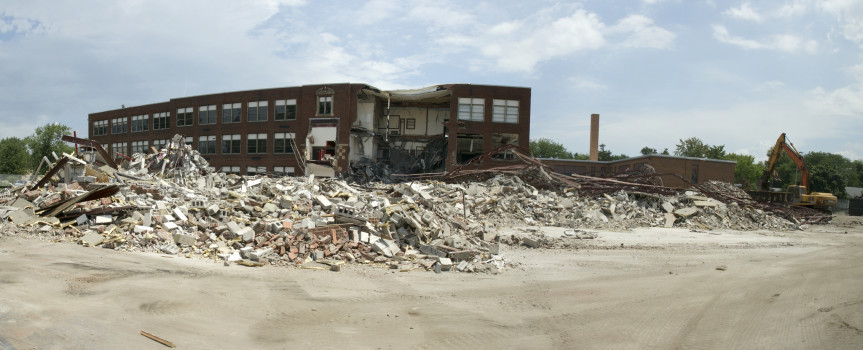I think it was Nietzsche who said that “every revolutionary tide eventually recedes, leaving only the sludge of a new bureaucracy”. In Oakland he is wrong.
I had a chance to reminisce with some of the architects and builders in Oakland’s New Small Autonomous School and early charter movements this week (Superintendent Chacones, Laura Flaxman , Mara Benitez and Gloria Lee) at a school design lab event hosted by the nonprofit Educate 78. This was a robust discussion about the now 15 or so year old effort to break up large campuses and spur the creation of new small schools vested with greater autonomy from the District. We also discussed the challenges and the ways in which the reforms were largely rolled back as Gates money dissipated alongside political will, courage, and leadership.
And it got me thinking, that despite the drama, travails and the eventual reconsolidation of many schools, we were left with much more than sludge—indeed for those schools that survived we got some real gems. And when you look at schools that are over demanded or the top scoring schools in the new Core District rankings, many are the Small Schools(SS).
And more importantly, when you look below Macarthur, at the other side of the tracks, which in some ways separates the privilege of the Hills from the grit of the Flatlands, the vast majority of top schools below Macarthur are remnants of the Small Schools movement, they are demanded by our underserved parents and showing real success.
The cycles of school reform are often circular paths, marked by wasted resources, and eventually diminished will. Discouragement is left in reform’s wake, but in Oakland, the remaining small schools are strong.
Let’s take a look at two measures of middle and high schools—parental demand for the schools as well as the new Core District rankings—which include a range of academic and cultural measures. Note that Oakland’s charters aren’t included in this ranking (not sure why—LA’s charters were in, and it seems like publicly reported data—so maybe someone could back into the calculations for the charters).
But here goes…
Oakland’s most demanded middle and high schools
For High schools the most demanded schools based on the “choice to enrollment ratio” from Oakland’s Strategic Regional Analysis, were Met West(SS) who had a ratio of 538% with more than 5 times as many first choice applications as available spots, second was LIFE Academy(SS), with a ratio of 387%. At the Middle school level it was Hillcrest at 564% and then LIFE’s middle school(SS) at 229%.
Oakland’s top performing middle and high schools
There is a long and boring debate about how to judge schools. CA has abandoned its old measure the API (academic performance index) and here we use the new more nuanced measure the SQII (school quality improvement index). And what are the results?
For middle schools in order of overall index—Hillcrest, Edna Brewer, Urban Promise(SS), and LIFE middle school(SS)
For high schools- LIFE(SS) was first and Oakland Tech is second (note that Met West and some other high schools did not have composite scores presumably based on a data issue).
Our most demanded and best performing Flatlands secondary schools are almost exclusively from the small schools movement. And as we struggle through yet another round of school improvement efforts at some of our most challenged schools. I would hope that we can learn some lessons.
We have accumulated a lot of sludge in these many years of trying to improve schools, we need to go back to the Small Schools and revisit the gem creation process.

